Salisbury Civic Society
Salisbury Museum
was established in 1860
by Dr Richard Fowler
and this building was
its first permanent
home.
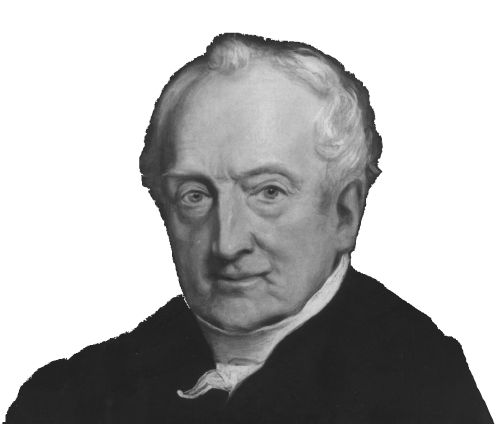
Plaque number 93 can be found at this location.
This plaque can be found on the former museum building in St Ann Street; originally number 40.
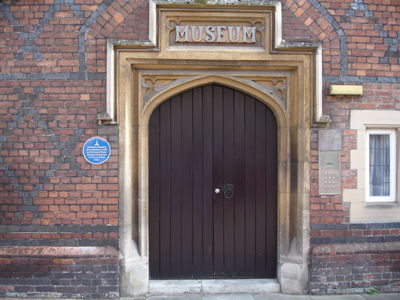
The O/S grid position is SU ????? East ????? North.
The plaque text is given here so that it can be searched. To the right of the text is a portrait of Dr Richard Fowler M.D., F.S.A.
|
Salisbury Civic Society Salisbury Museum |

|
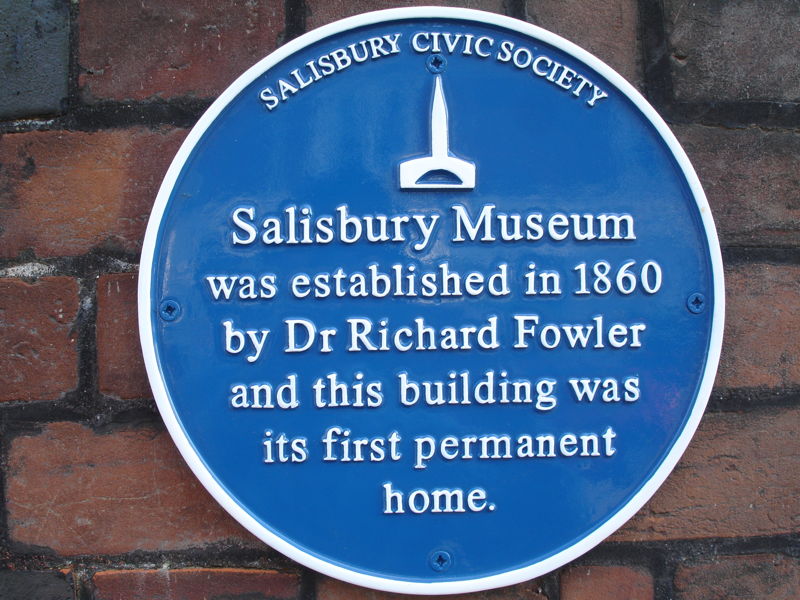
The museum director Adrian Green , the Civic Society president Dame Rosemary Spencer, the deputy mayor John Abbott and the Salisbury Civic Society chairman Alastair Clark, are shown in this photograph at the unveiling of Dr Fowler's plaque on Wednesday 1st September 2010; 150 years since the conception by Dr Fowler of a Salisbury museum.
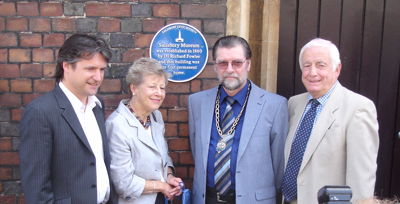
When Dr Richard Fowler conceived the idea of a Salisbury and South Wilts Museum, he was 95 years old! He had practised as a doctor in Salisbury for 60 years. He was an Antiquary, a Fellow of the Royal Society and deeply interested in Adult education.
He realised that the “drainage collection” items would make a good start. The "drainage collection" consisted of all the items discovered in Salisbury's drainage ditches as they were being replaced by proper sewers.
He wanted a permanent home for the items so started constructing this building here.
The construction work incorporated the rotunda, Colonel Baker’s exquisite dining room, which was already on the site.
Unfortunately Dr Fowler died before the museum was finished. He was around 98 years old! But luckily for us, his widow had the building completed and the museum opened.
I have no idea how old his widow was.
The museum is no longer housed here despite what it says above the door.
It moved to The King’s house in The Close in the 1970s.
The following page from a booklet about The Salisbury Museums (1861-1947) compiled by Frank Stevens, O.B.E., F.S.A. provided important relevant information for the blue plaque.
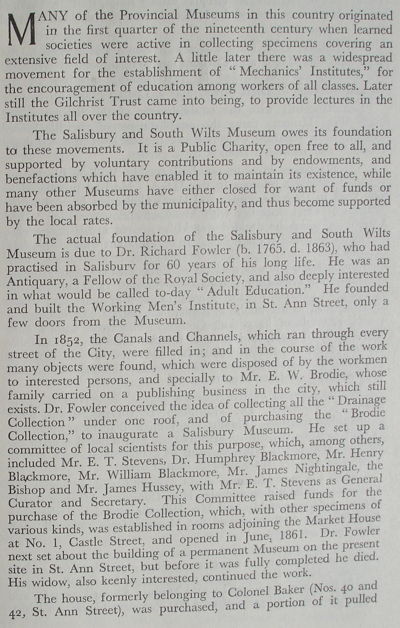
|
Many of the Provincial Museums in this country originated |
The two photographs here show the former museum building when it was still a museum and its appearance in 2010. Besides the addition of many windows, notice how the large concrete lamppost (street clutter) has been removed and replaced by a light attached to the building. The metal supports for the museum sign have also been moved so that they are no longer above the door but to its left. The rainwater downpipe has been changed by attacking some of the museum structure; visit and observe by looking up!
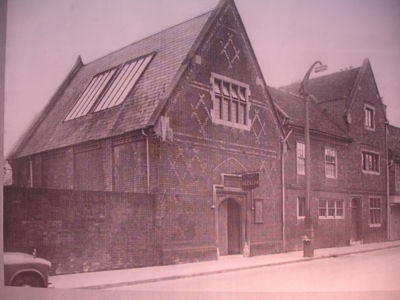
|
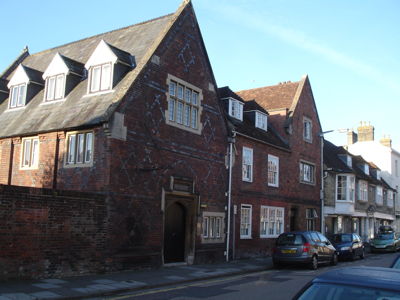
|
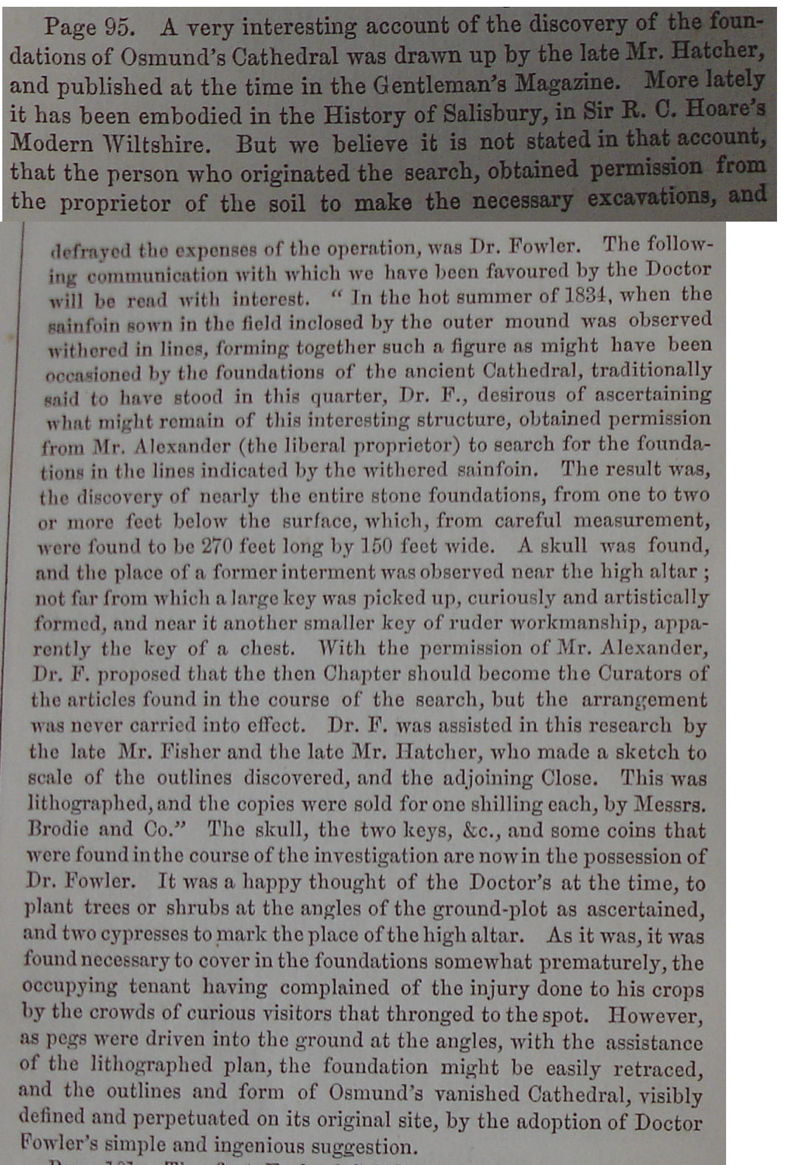
|
A very interesting account of the discovery of the foun- |
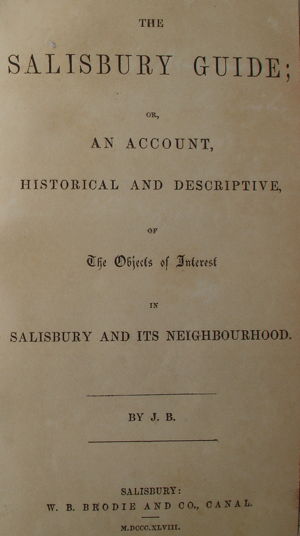
|
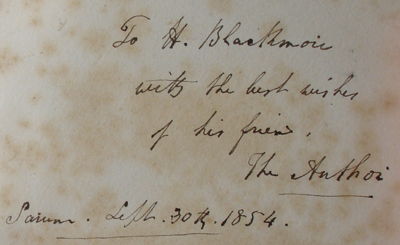
The author is thought to be John Burchell (Moore) |
Are the Messrs. Brodie and Co. who were selling the lithogaphed plans, the same Brodie who Dr Fowler had the "drainage collection" purchased from for his museum?
Click here to go back to Salisbury Plaques Home Page
Click here to go to the Salisbury Civic Society's Home Page.
Click here to check validation.